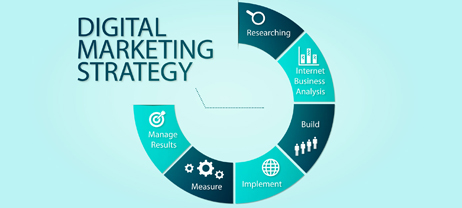Today, every online business strives to achieve leads. They use various advanced marketing tools and techniques to stay ahead of their competition, but they don’t know how to break the ice. When it comes to lead generation,
content marketing is still unexplored. Interesting, innovative and easy to understand content can easily capture the interest of users. In a nutshell, better use of content marketing can generate more leads.
Quick facts:
- The biggest challenge for B2B marketers is “generating high-quality leads (61%)”.
- The three most common lead generation strategies are: email marketing (78%), event marketing (73%) and content marketing (67%).
- 83% of B2B marketers use content marketing for lead generation.
Here are a few ways to generate leads by using content marketing:
- Newsletters – A newsletter is a regularly distributed publication that is used for capturing the interest of people. In fact, it is one of the most cost-effective and efficient ways to grow your email list. Newsletters not only helpful in updating customers, but also improve their knowledge and understanding about a specific topic.
- Blog Posts – World class business owners have recognised the potential of regular blogging. Blogging not only establishes a better connection with customers, but also helps businesses to make their customers loyal. Businesses spread their messages, industry or product information in an interactive way through blog posts. No doubt, blogging can easily improve brand image and visibility of a website as well.
- Quiz - Offering a quiz to your visitors is the best and the most creative way to learn more about them, engage them, spark interest in them and obtain their information. It is also a great way to connect with your audiences and learn about their preferences.
- Videos – In order to generate leads, it is important to create helpful, interactive, and useful videos that can solve the problems of your users. You must create "how to" videos or "video tutorials" to help your users. Through videos you can easily educate them in a friendly manner.
- Webinars – This is the best and the most effective way to share your presentation, discussion, demonstration, or instructions with your audiences. Most business owners use webinars to spread their messages and presentations to public.
You can combine all these dynamic content marketing tactics to redesign your marketing plans. However, well-crafted content is the key. So, it’s important to create valuable content for your users so that it can play a sheet anchor role for your business.











